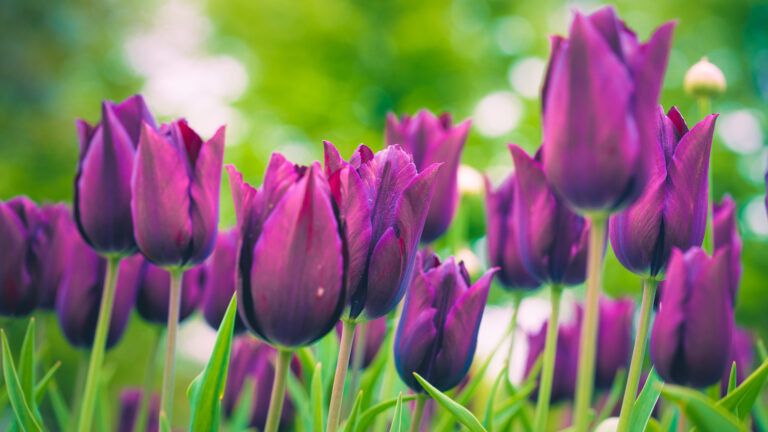In a sense, once we pass December 21, the shortest day of the year, each day of winter brings with it a little more light, a little more hope. Viewed another way, though, late December is only the beginning of the cold season, and as such it is a good moment to reflect on how we will sustain our inner warmth and positivity until the ground warms once again.
One way to keep our focus positive is to consider the quiet beauty of nature in winter. It might require some extra layering in our wardrobes and some extra time spent walking carefully without slipping on shiny sidewalks, but it is worth these extra efforts to notice the trees, hills, ponds and sky that keep us inspired the rest of the year, even as they may seem to be hibernating for winter.
The poet Mary Oliver who so vividly captured the awe-inspiring power of nature in her work, offers the image of a flock of starlings leaping from a telephone wire. In her poem “Starling in Winter,” she writes:
“Chunky and noisy,
but with stars in their black feathers,
they spring from the telephone wire
and instantly
they are acrobats
in the freezing wind.
And now, in the theater of air,
they swing over buildings.”
In her trademark way, Oliver captures the minutiae of the natural world, even in a city setting and at a time of year when we might not take the time to notice nature in the same way we seek it out in spring, summer and fall. From there, she reflects inward, doing the positive and powerful work of taking in what nature has to teach us:
“Ah, world, what lessons you prepare for us,
even in the leafless winter,
even in the ashy city.”
The poem ends with a stunning image of the wild beauty of a simple observation:
“I want
to think again of dangerous and noble things.
I want to be light and frolicsome.
I want to be improbable beautiful and afraid of nothing,
as though I had wings.”
What do you notice about how the natural world navigates the cold, quiet winter? What can you learn about how to do the same?




